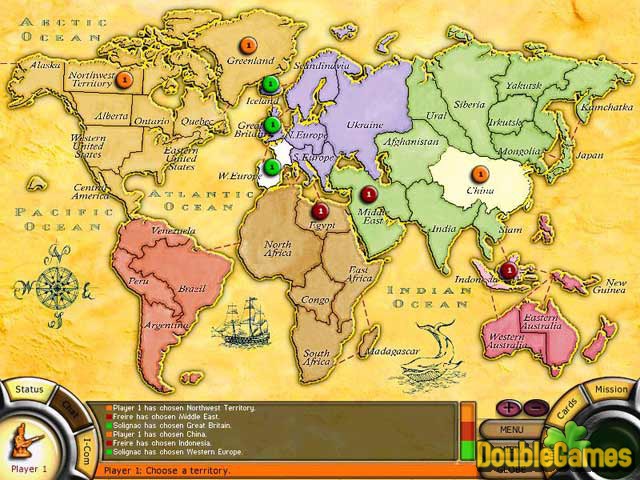
Remember that investors who hold well-diversified portfolios will find that the risk affecting the portfolio is wholly systematic. Some investments will be more sensitive to market factors than others and will therefore have a higher systematic risk.

Therefore, systematic risk remains present in all portfolios. Since these market-wide factors generally cause returns to move in the same direction they cannot cancel out. Systematic risk reflects market-wide factors such as the country's rate of economic growth, corporate tax rates, interest rates etc. The risk contributed by the covariance (the systematic risk) cannot be diversified away. As N becomes large, the second term will approach the average covariance. The second term is the covariance term and it measures systematic risk. Thus, unsystematic risk can be diversified away. As N becomes very large, the first term tends towards zero. The first term is the average variance of the individual investments (unsystematic risk).
Risk 2 free how to#
In this article, we explain how to measure an investment's systematic risk.īy the end of this article you should be able to: As a result, an investor who holds a well-diversified portfolio will only require a return for systematic risk. The only risk affecting a well-diversified portfolio is therefore systematic. If an investor invests in just 15 companies in different sectors (a well-diversified portfolio), it is possible to virtually eliminate unsystematic risk. We saw the dramatic risk reduction effect of diversification (see Example 1).

The portfolio's total risk (as measured by the standard deviation of returns) consists of unsystematic and systematic risk. This was mathematically evident when the portfolios' expected return was equal to the weighted average of the expected returns on the individual investments, while the portfolio risk was normally less than the weighted average of the risk of the individual investments. In the article on portfolio theory, we saw that the motivation behind the establishment of a portfolio is that risk (the bad) can be reduced without a consequential reduction in return (the good).
Risk 2 free professional#

Becoming an ACCA Approved Learning Partner.Special vigilance is needed during the second and third cycles after reintroduction of oxaliplatin. Multivariate analysis identified undergoing an oxaliplatin-free interval as an independent risk factor (p = 0.016).Īn oxaliplatin-free interval may increase the risk of HSR. Interestingly, most cases of HSR during stop-and-go FOLFOX occurred during the second or third cycle of the reintroduction phase (21/25, 84%). For patients who received more than six cycles, the incidence of HSR was higher among patients treated with stop-and-go FOLFOX than among patients treated with continuous FOLFOX (25/61, 41.0% vs. Factor analysis was performed.Īmong patients who received six or fewer cycles of FOLFOX, the incidence of HSR was low (7/99, 7.1%). However, the effect of an oxaliplatin-free interval on HSR occurrence remains poorly understood.ĭata on patients with colorectal cancer who received FOLFOX (5-fluorouracil, leucovorin and oxaliplatin) treatment between June 2005 and June 2009 were retrieved from the prospective cohort database of the Outpatient Oncology Unit of the Kyoto University Hospital. Preplanned withdrawal of oxaliplatin after the first six cycles and reintroduction at the time of disease progression (stop-and-go strategy) may reduce neurotoxicity.

Hypersensitivity reaction (HSR) and sensory neuropathy are major complications of oxaliplatin-based chemotherapy.


 0 kommentar(er)
0 kommentar(er)
